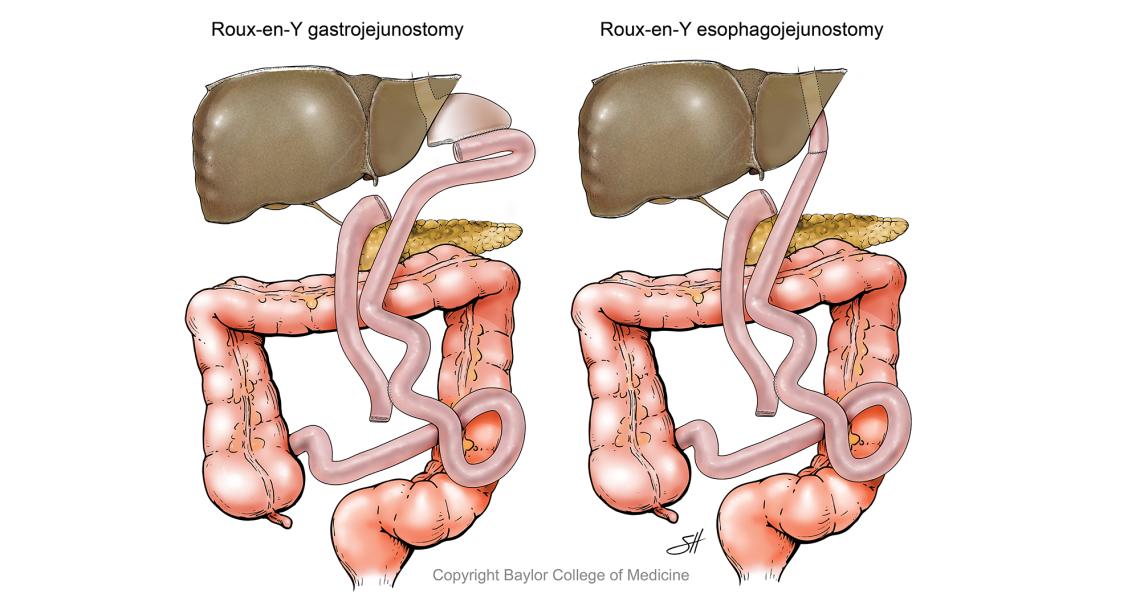
Gastrectomy is surgery to remove all or part of the stomach. It is often done to remove tumors or areas with ulcers. In some cases, the doctor may also cut the nerves that signal the stomach to make acid. This is called a vagotomy.
The doctor will close the cut (incision) in your belly with stitches or surgical staples. These will be removed 7 to 10 days after surgery.
After surgery, your stomach will be smaller than before. This means that you will get full more quickly when you eat. You may need to change the way you eat so that you get enough nutrition. Drink fluids between meals instead of with meals. You may need to eat 5 or 6 small meals each day instead of 2 or 3 large meals.
Most people go home 4 to 5 days after surgery. You will probably be able to return to work or your normal routine in 4 to 6 weeks.
What happens on the day of your gastrectomy?
- Follow the instructions exactly about when to stop eating and drinking. If you don’t, your surgery may be canceled.
- If your doctor told you to take your medicines on the day of surgery, take them with only a sip of water.
- Take a bath or shower before you come in for your surgery. Do not apply lotions, perfumes, deodorants, or nail polish.
- Do not shave the surgical site yourself.
- Take off all jewelry and piercings. And take out contact lenses, if you wear them.
At the hospital or surgery center
- Bring a picture ID.
- The area for surgery is often marked to make sure there are no errors.
- You will be kept comfortable and safe by your anesthesia provider. You will be asleep during the surgery.
- The surgery will take about 1 to 3 hours.
- After surgery, the bowel usually “rests” for a few days before it starts working again.
- You may have a thin plastic tube in your nose that goes into your stomach. This tube drains stomach juices and prevents nausea. The drainage usually looks green, brown, or even black with flecks of blood.
- The tube will be removed in a few days, after your bowels start working again. After the tube is removed, you can start drinking and eating again.
© 2016-2019 Healthwise, Incorporated.








